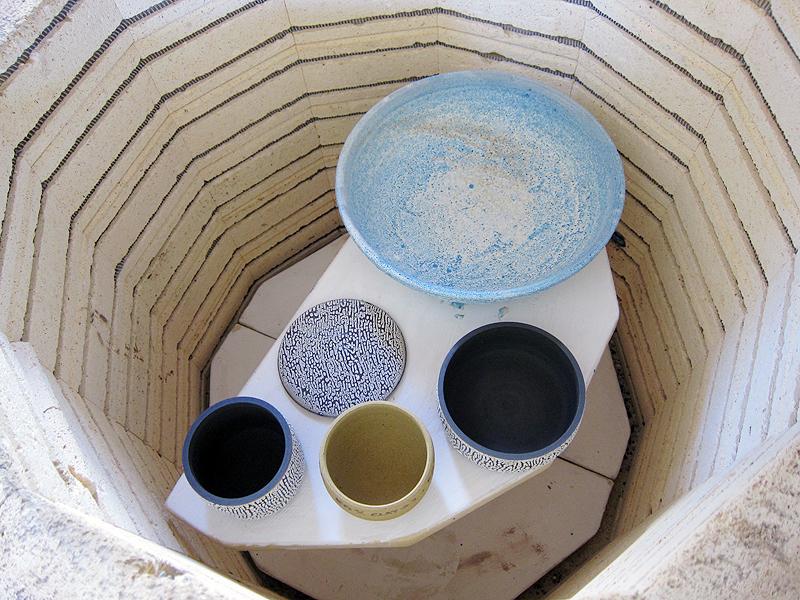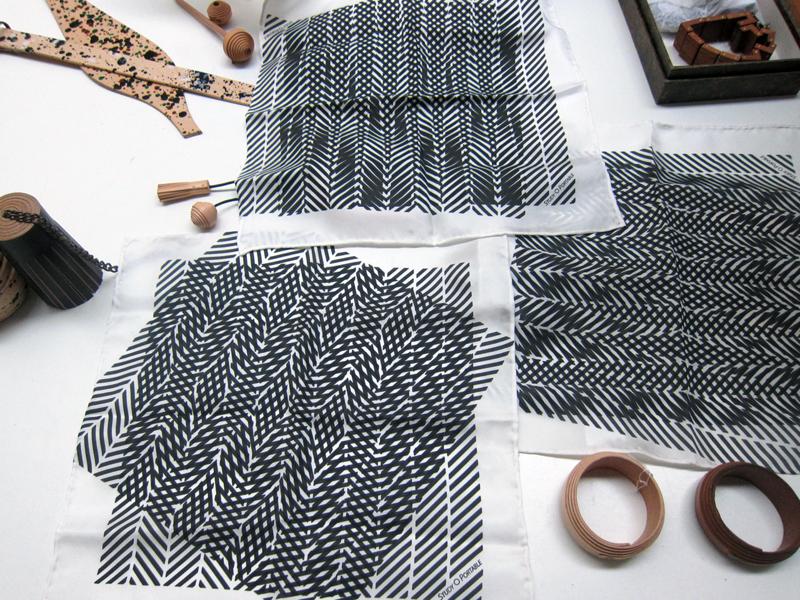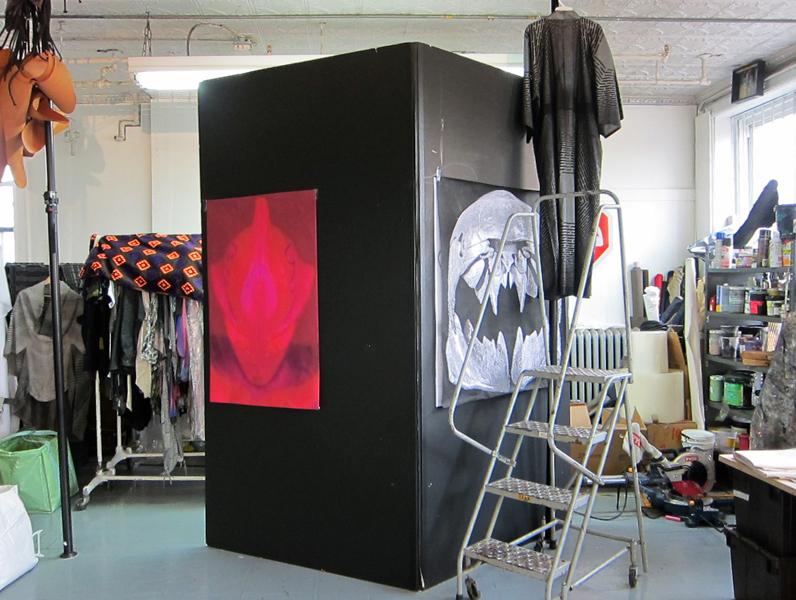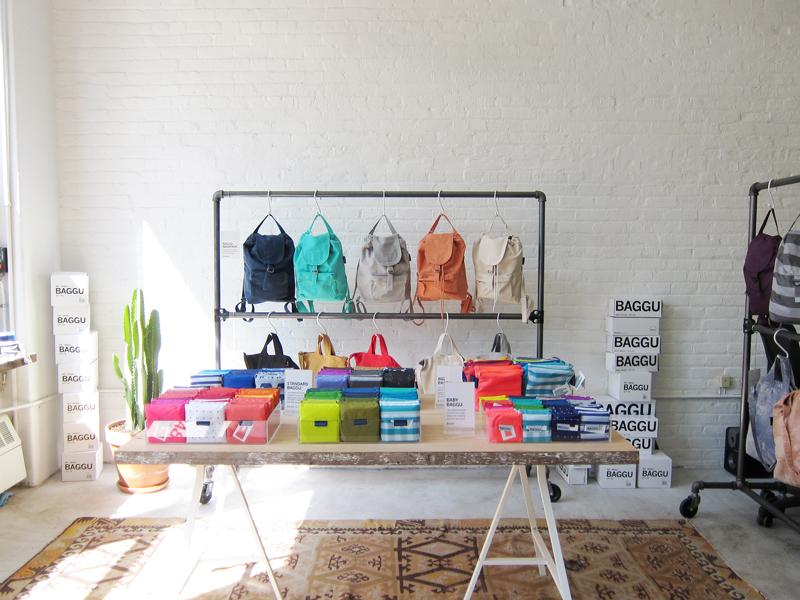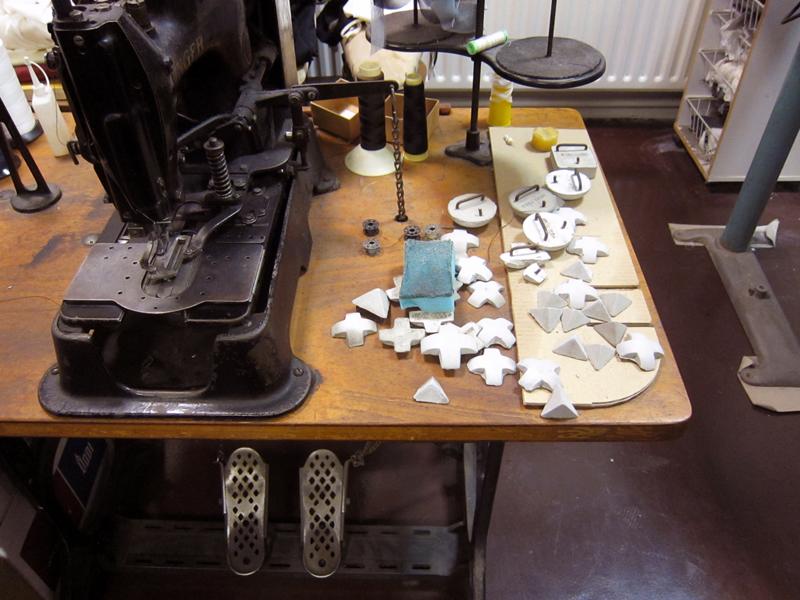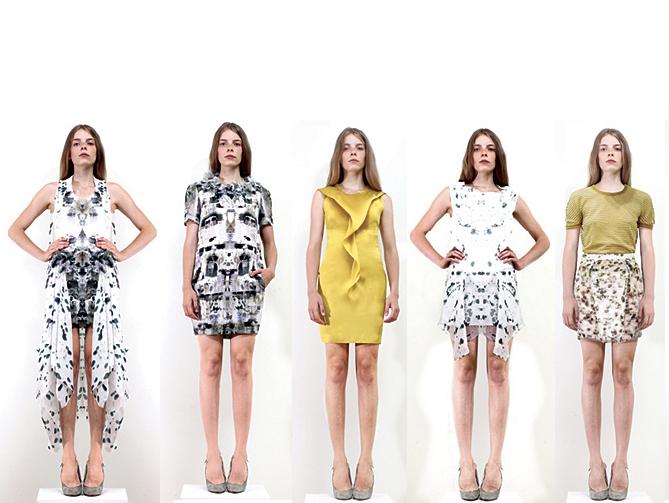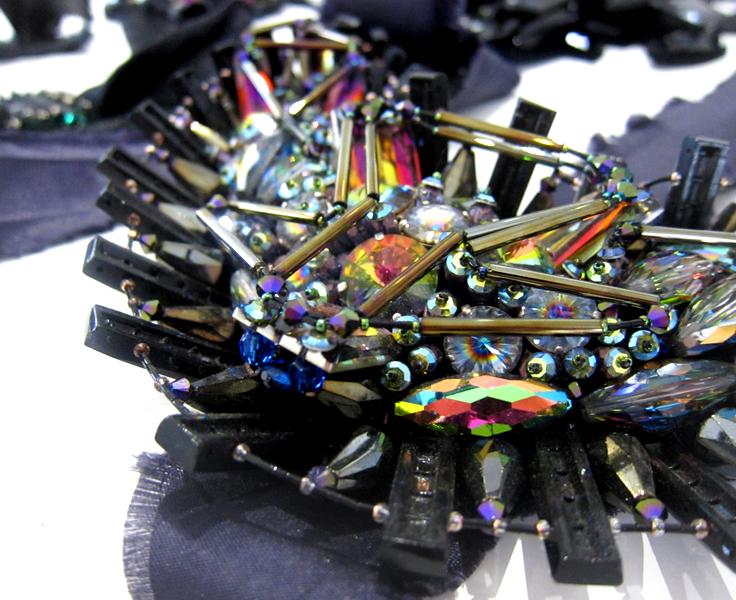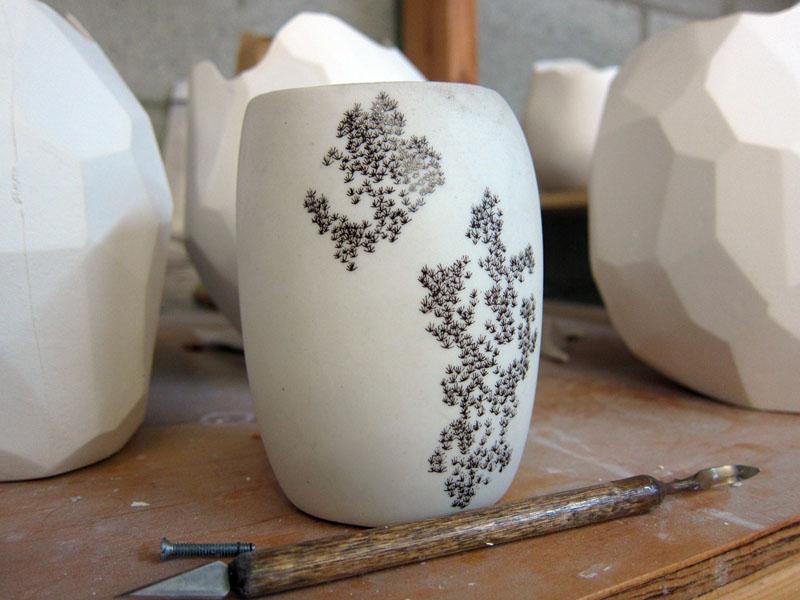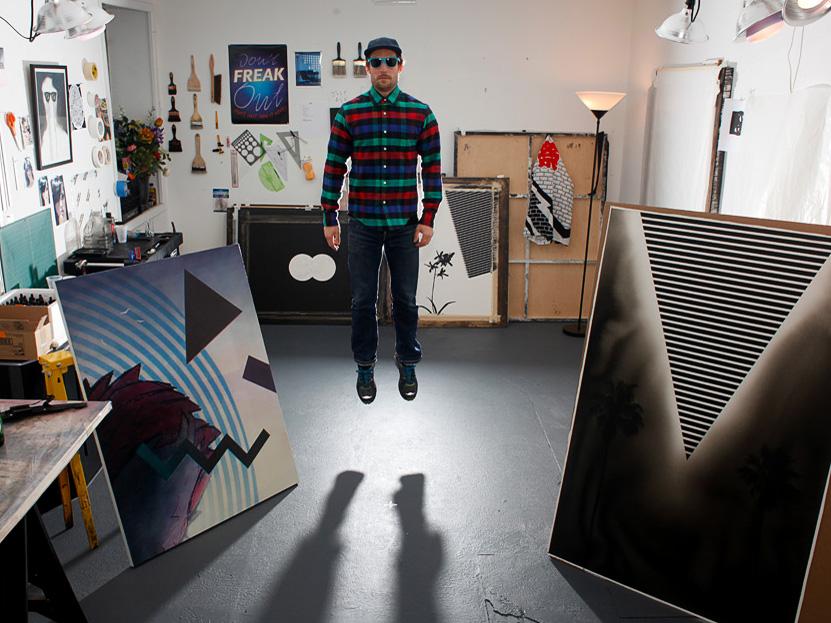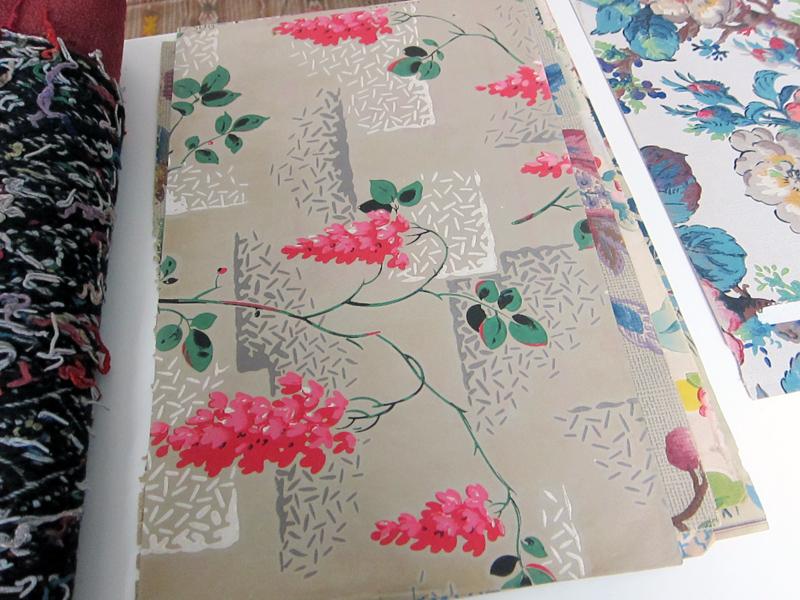
06.30.11
Studio Visit
Kneeland Co
If you’ve ever spent an afternoon gazing out the window, futilely hoping that design inspiration might strike, you’ve probably wished you knew someone like Joanna Williams. As the proprietor of Kneeland Co., a Los Angeles–based, appointment-only studio that sources vintage prints, textiles, garments, and jewelry for the fashion and interiors industries, it’s Williams’s job to scour the globe, bringing back creative inspiration for sale. In Williams’s world, a book of early 20th-century decorative medallions, snagged from Pasadena’s legendary Rose Bowl Flea Market, might serve as inspiration for a new tile pattern, and the striped detail from a Moroccan wedding blanket might one day mutate into a maxidress for Anthropologie. As glamorous a life as that might sound, Williams concedes that it’s still a lot of hard work: “You’re definitely always searching and looking, trying to meet the right people, and making sure you don’t get ripped off,” she told me when I visited her new Atwater Village studio earlier this month.

